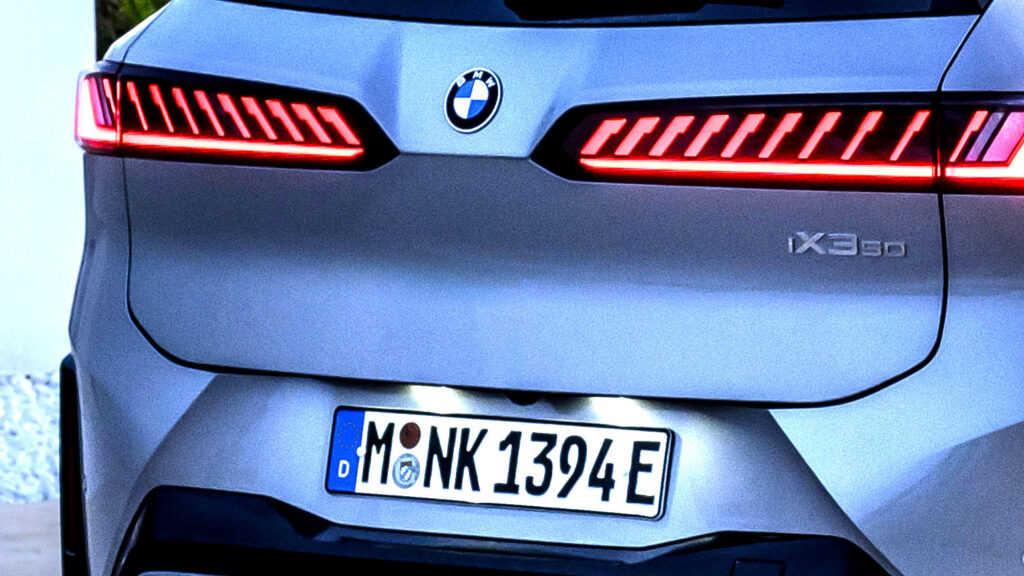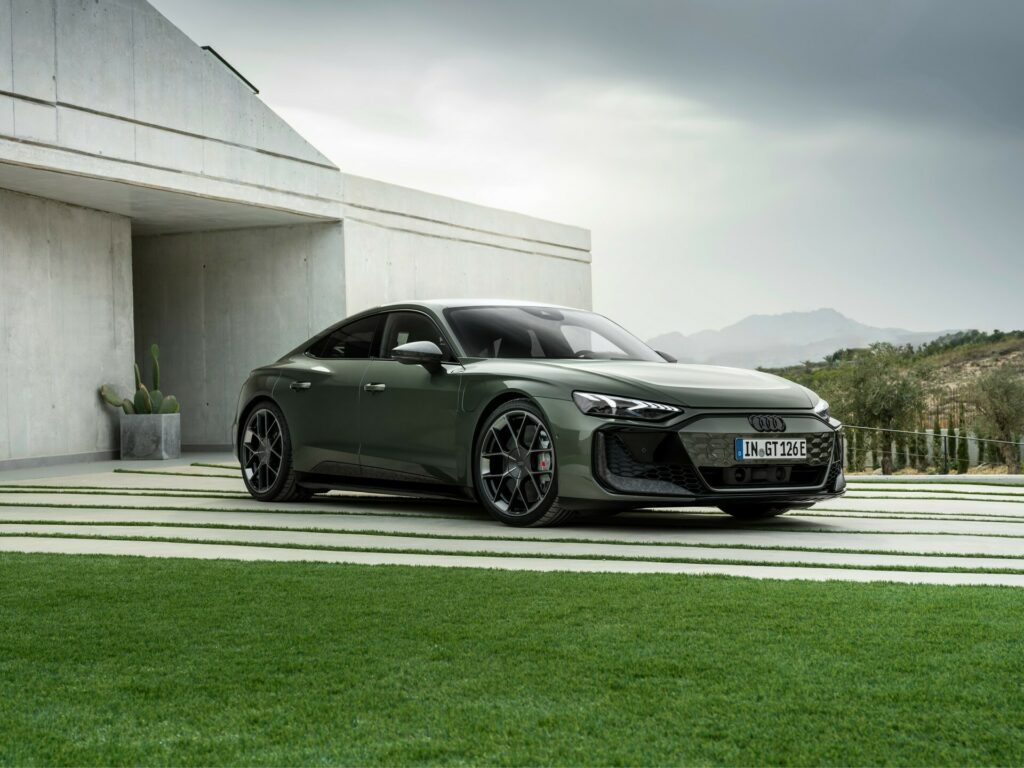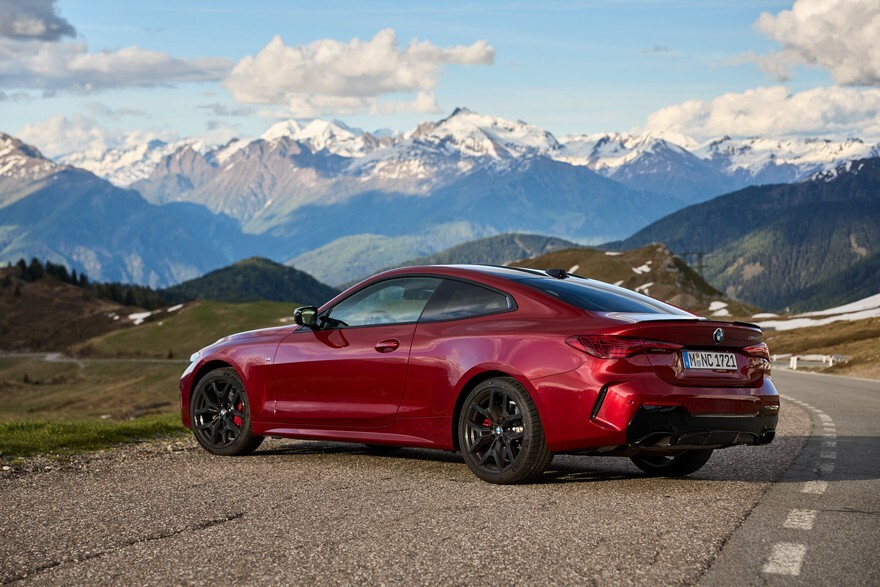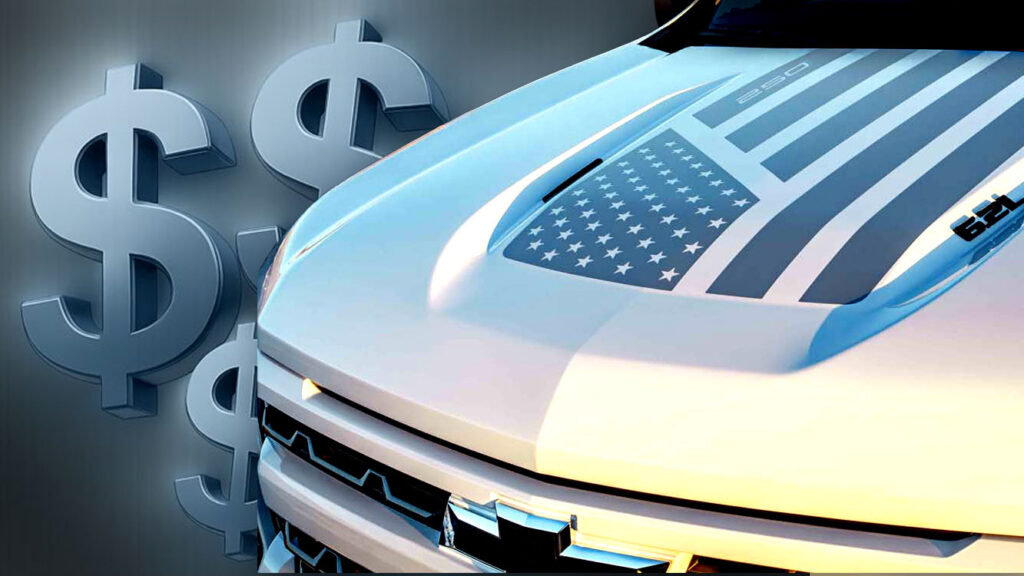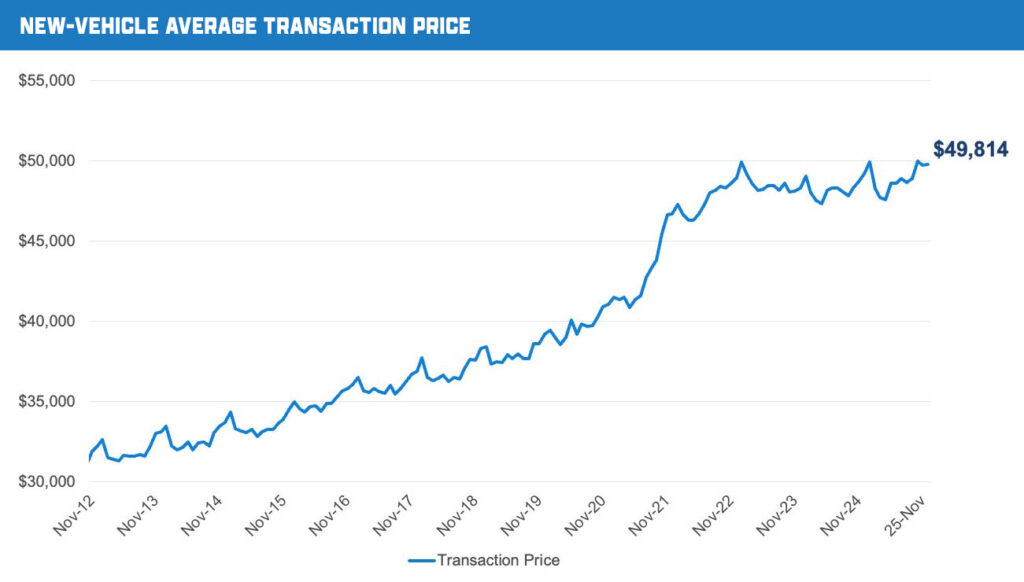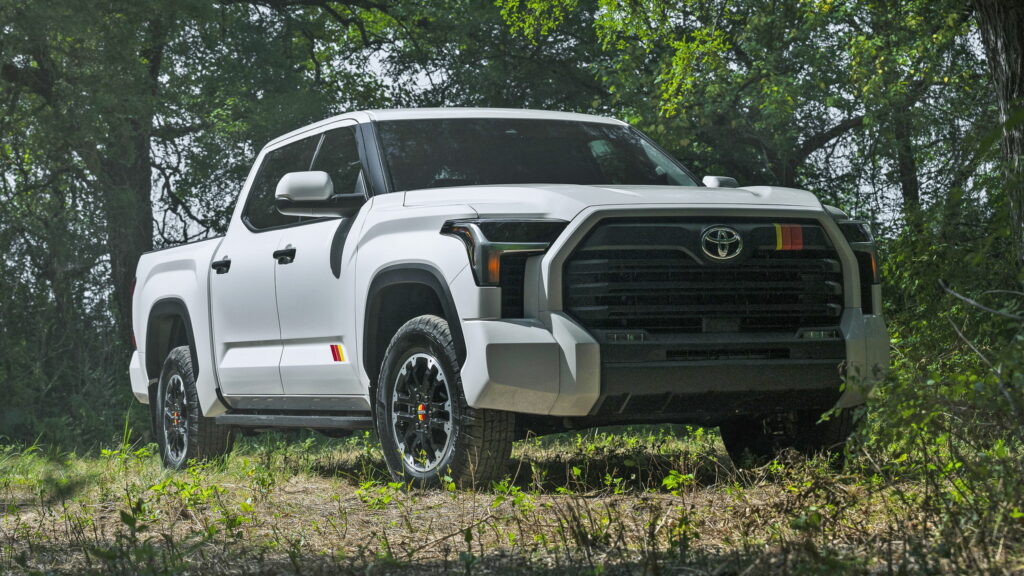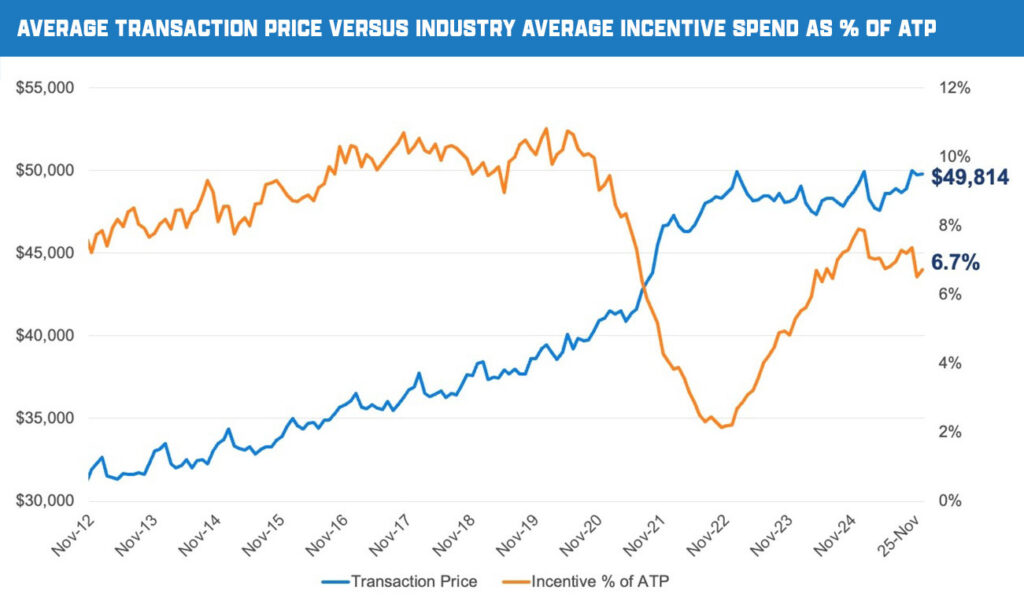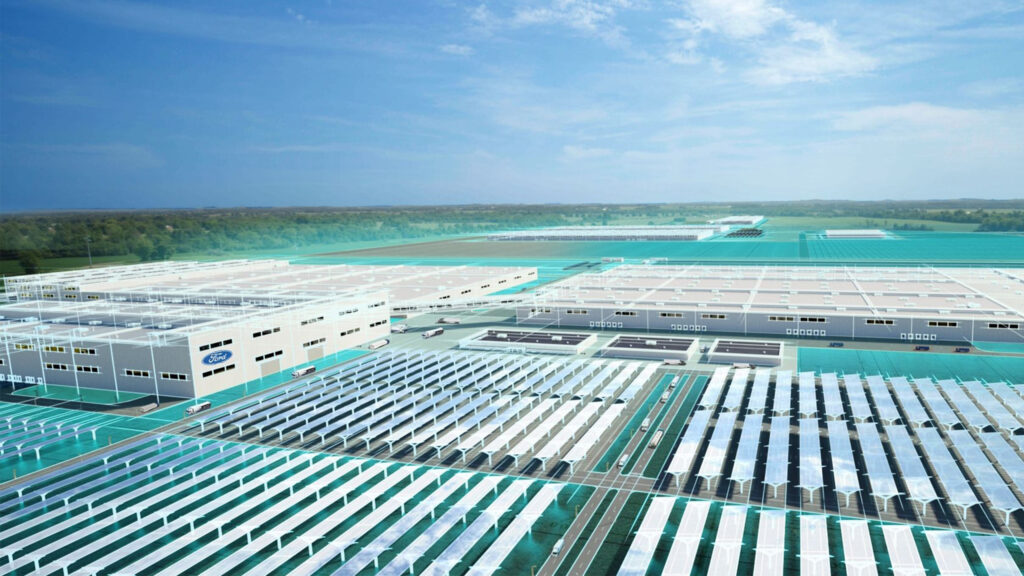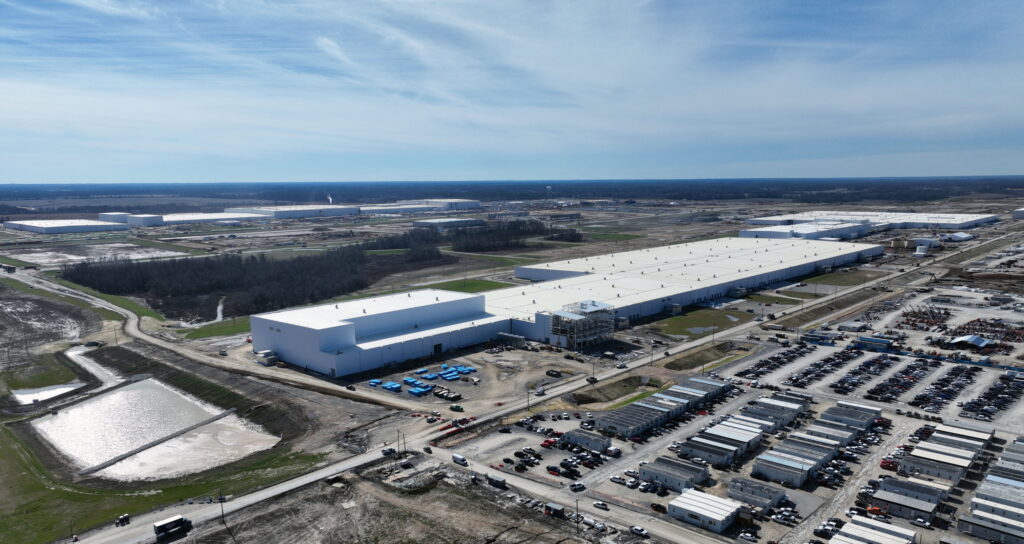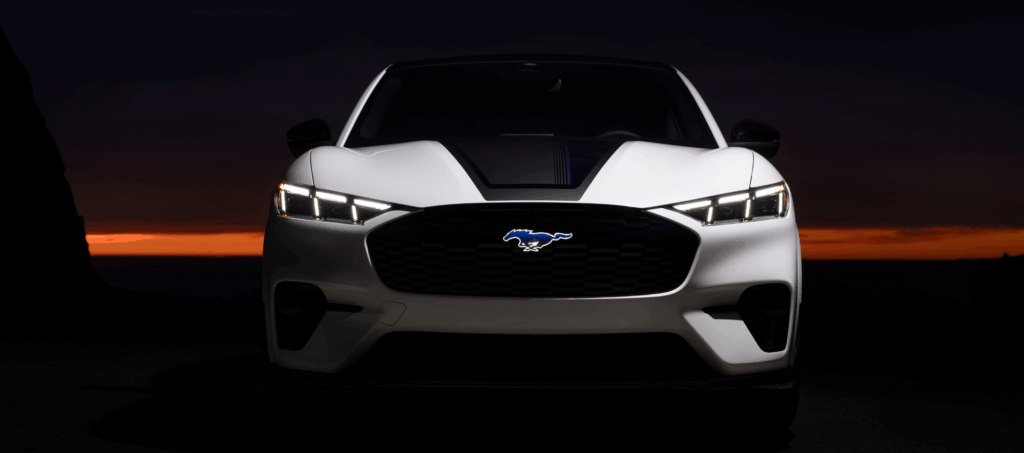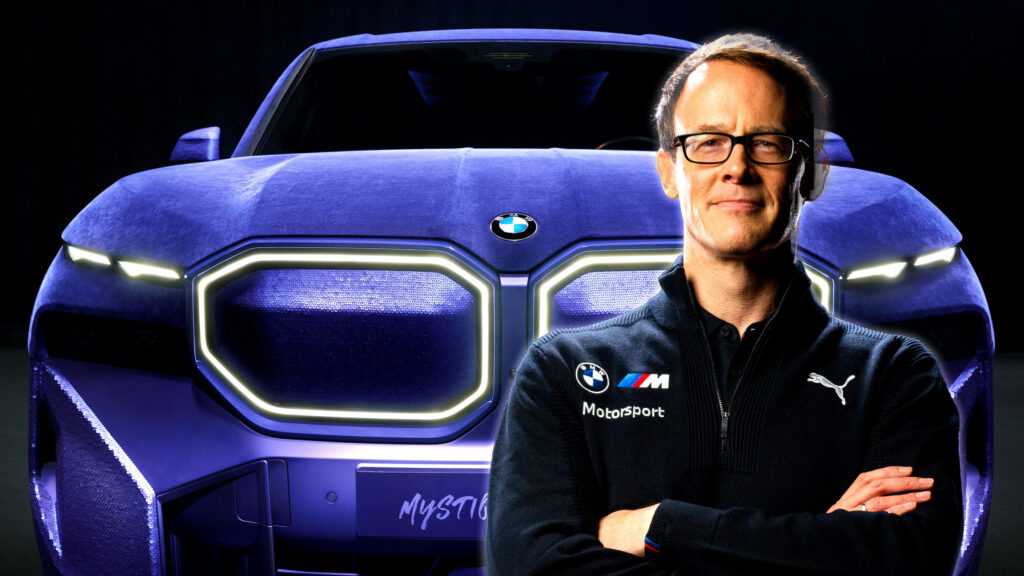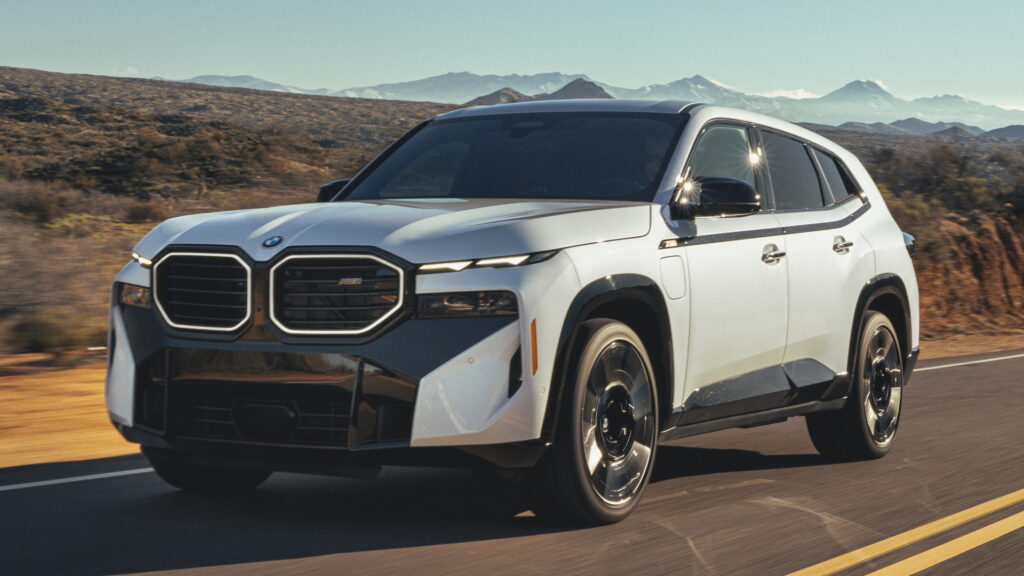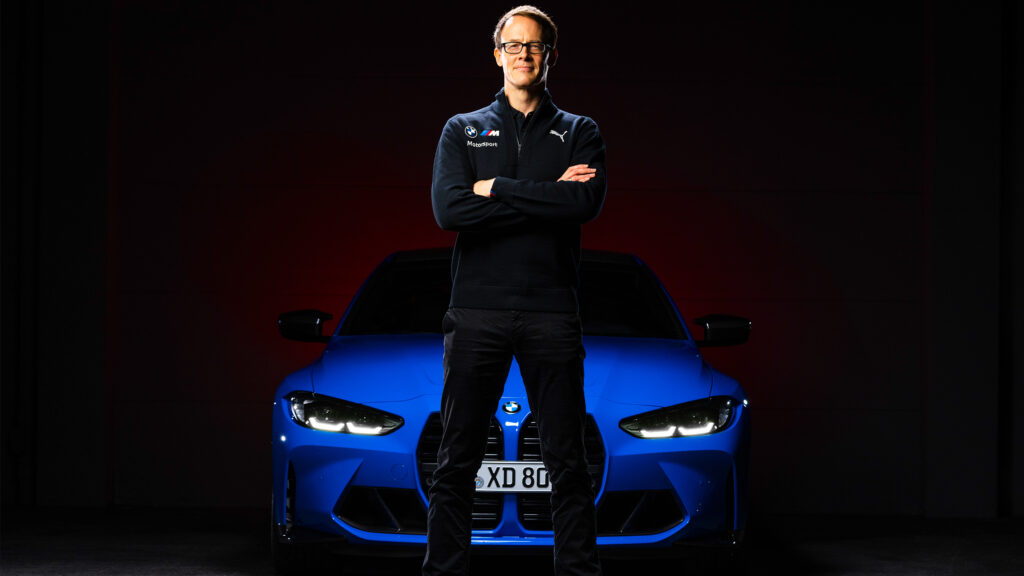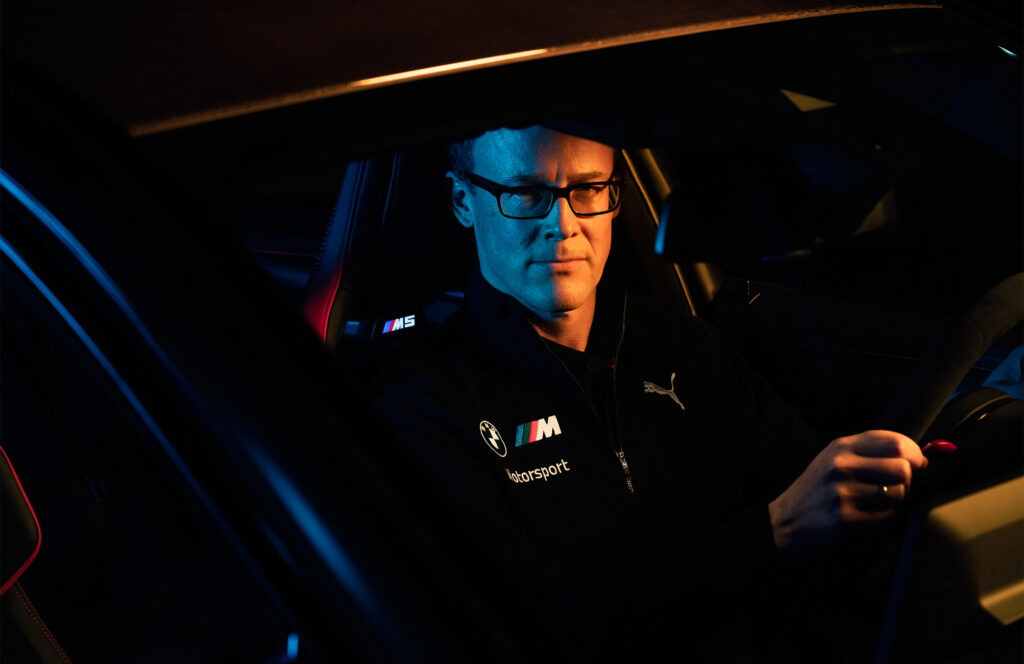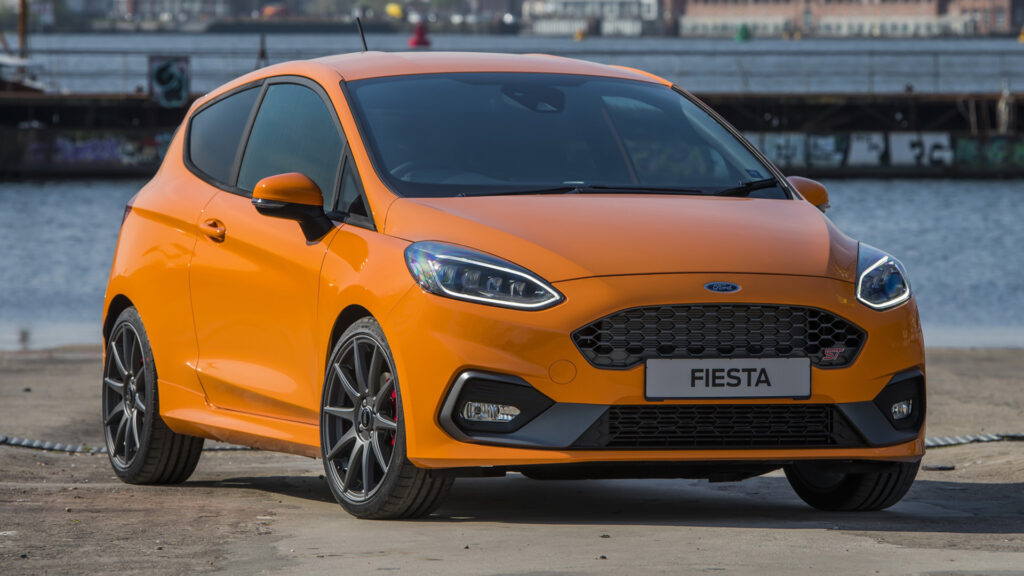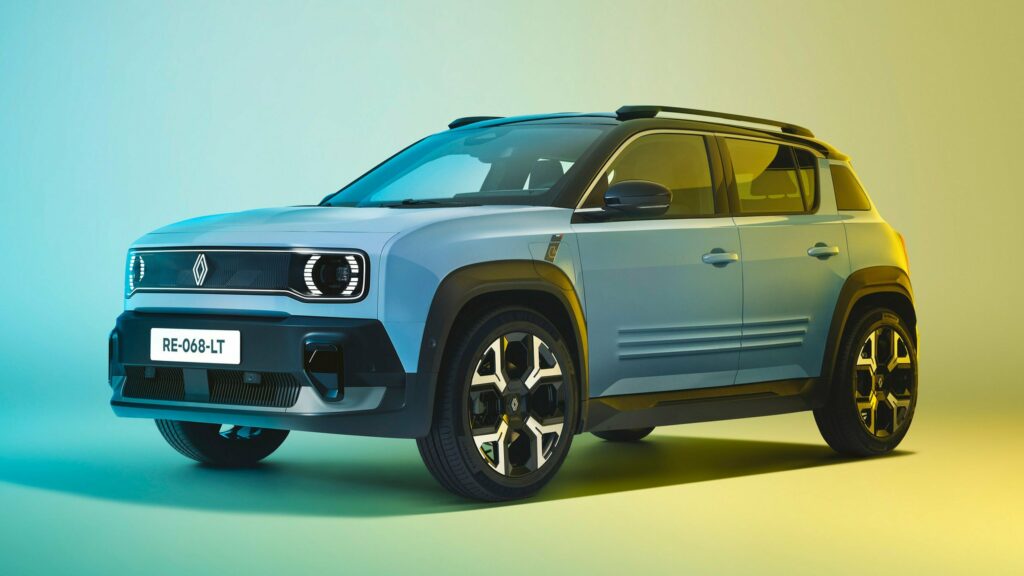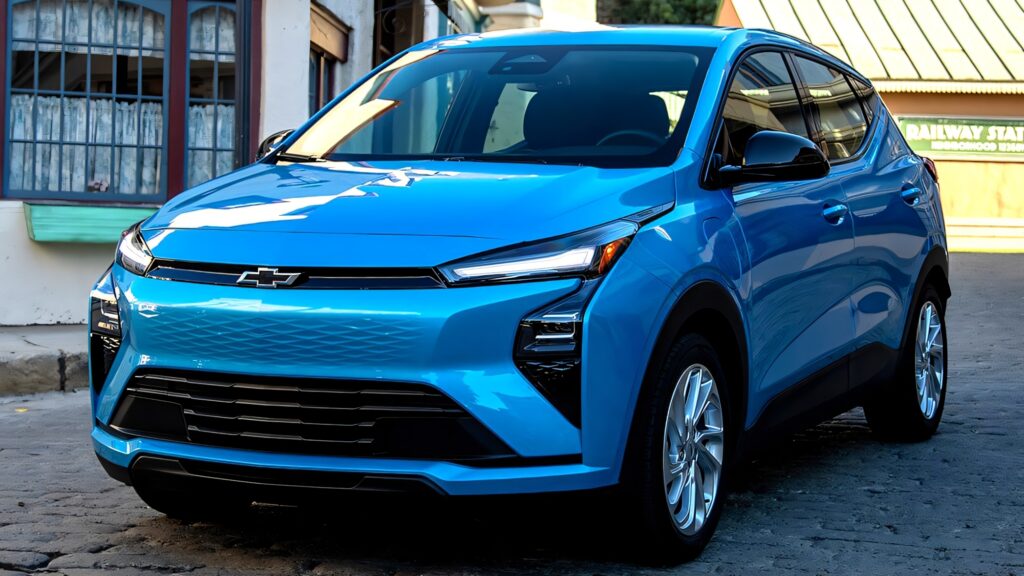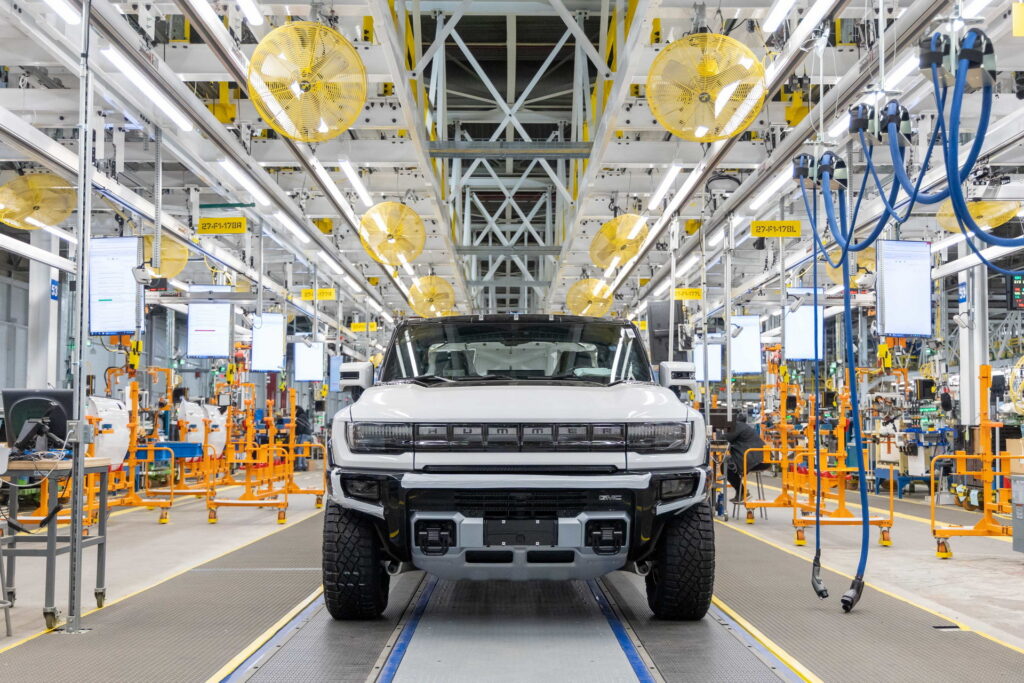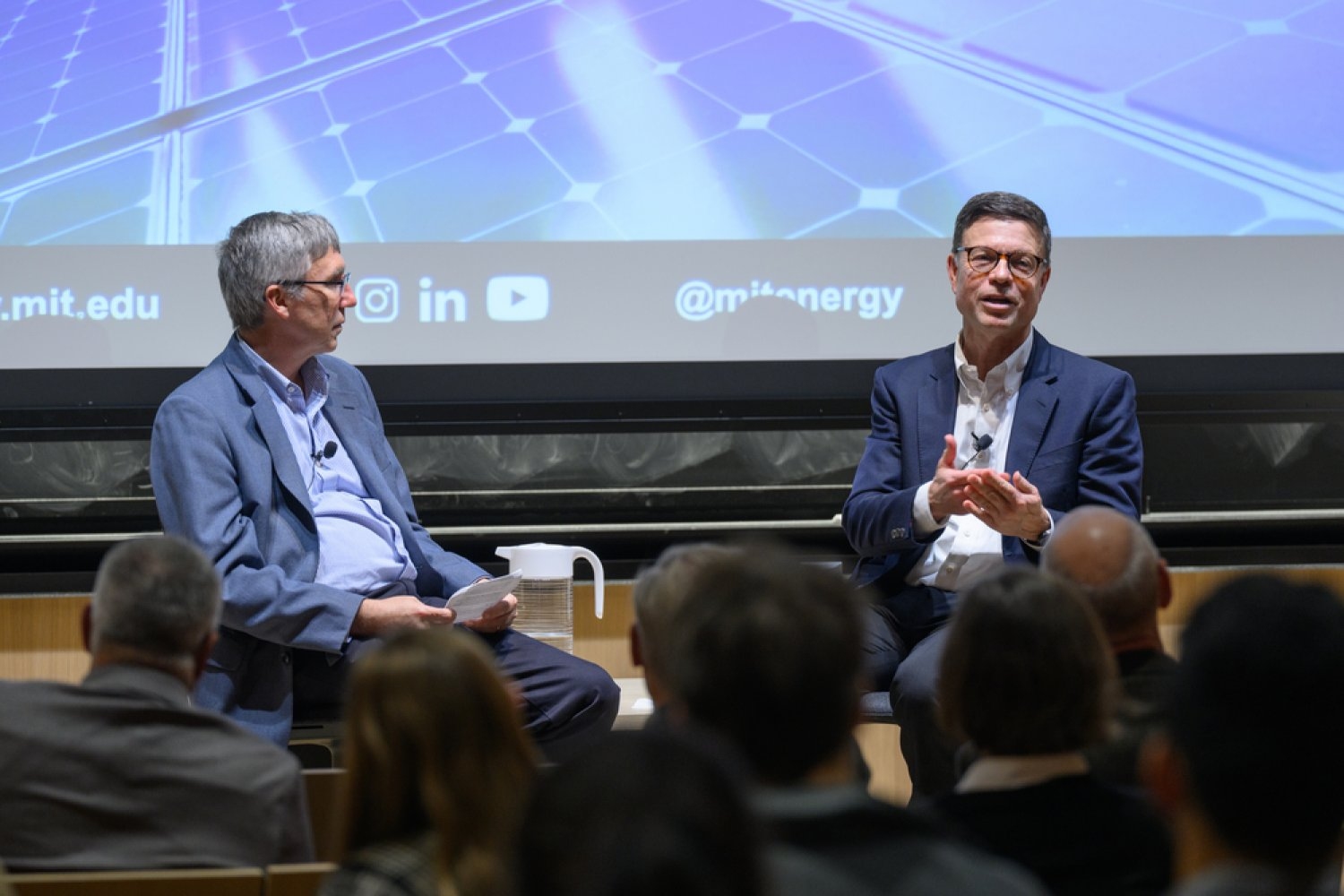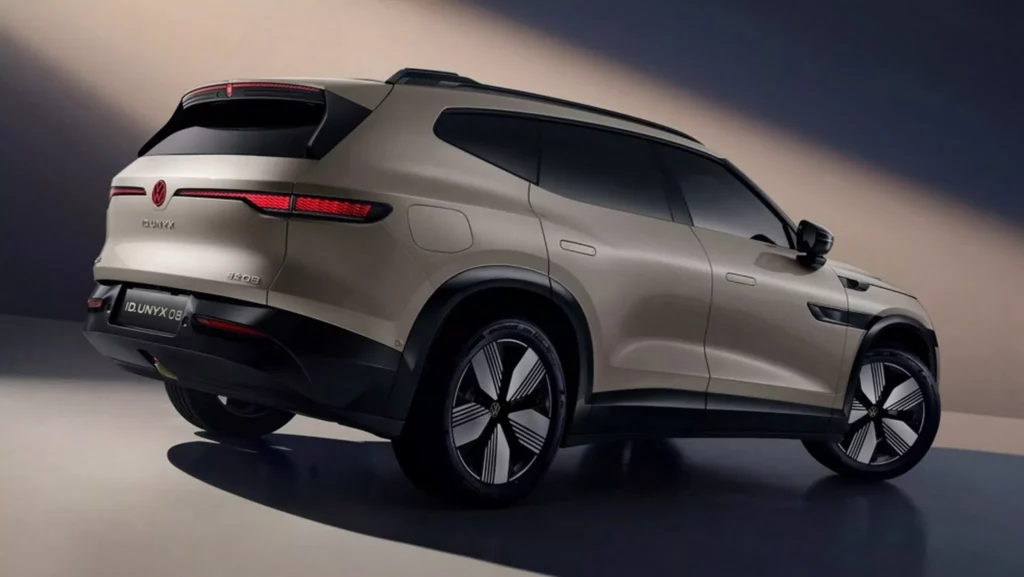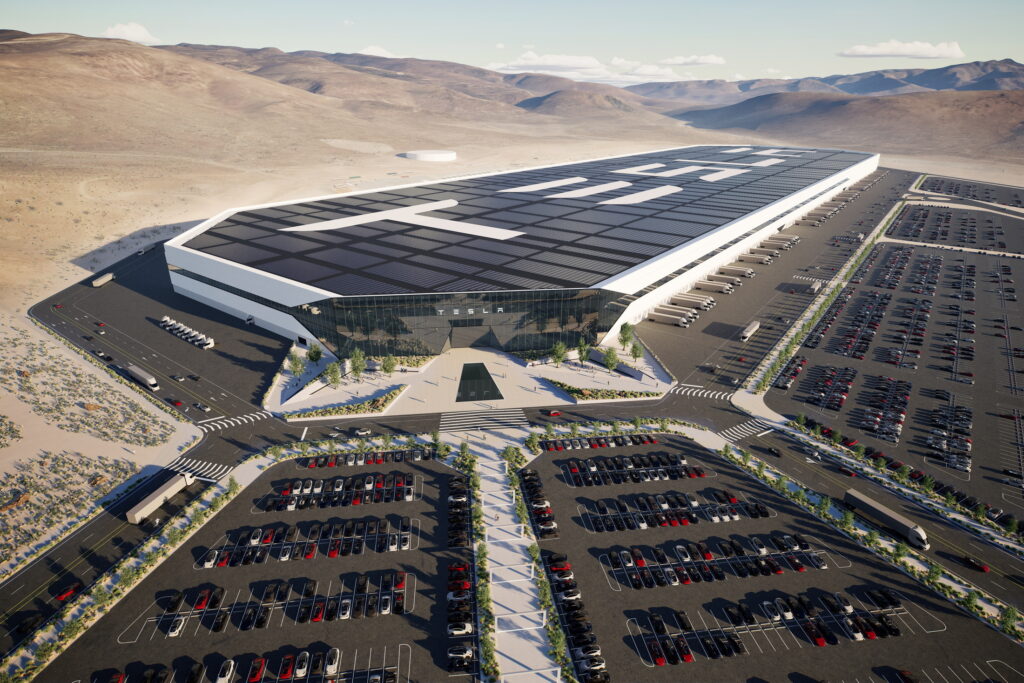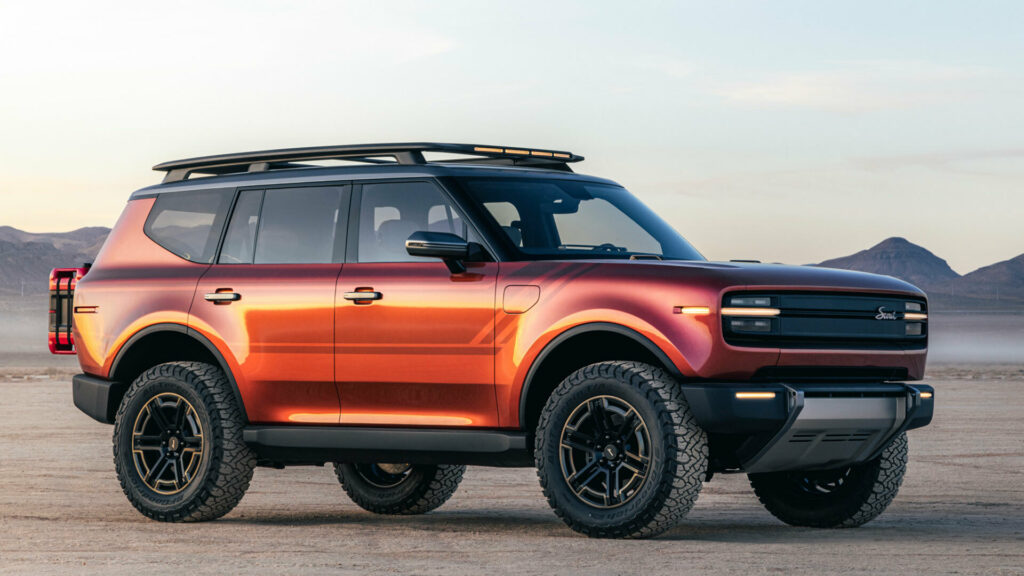
A bin of THC edible products from Virginia stores is displayed by the state attorney general. While states continue to expand access to legal marijuana, a separate market of hemp-derived intoxicants has blossomed. (Photo by Graham Moomaw/Virginia Mercury)
A provision significantly limiting the sale of intoxicating hemp products made its way into legislation to reopen the federal government just a day before the Senate approved the bill. Its inclusion follows years of pressure from states and the marijuana industry.
While states continue to expand access to legal marijuana, a separate market of hemp-derived intoxicants has blossomed. The products, from drinks to gummies, are sold in gas stations and smoke shops. Critics say some companies have exploited a legal loophole from 2018 to manufacture products that get people high — without the safety regulations and taxes facing the legal marijuana industry.
That’s led dozens of states to limit or ban certain intoxicating hemp products. Most states also have pushed for federal changes, though some farm states worry the pending federal bill — which the House is expected to vote on as soon as today — goes too far.
A bipartisan group of 39 state attorneys general recently urged Congress to clarify the federal definition of hemp, arguing that the underregulated industry threatens public health and undermines law enforcement.
Texas lawmakers this year approved a strict ban on intoxicating hemp, but that measure was vetoed by Republican Gov. Greg Abbott. The governor raised constitutional concerns because federal law allowed the products, but he then issued an executive order increasing state agency regulations, including age restrictions.
This summer, Florida regulators seized tens of thousands of packages of hemp products that failed to meet new child protection standards, including child-resistant packaging, marketing restrictions and enhanced labeling rules. In Tallahassee, the state Senate approved a ban on hemp-derived THC products, including beverages, but that measure died in the state House. A similar effort last year was vetoed by Republican Gov. Ron DeSantis, who said it would harm small businesses.
Last month, California Democratic Gov. Gavin Newsom signed legislation strengthening state enforcement of its ban on intoxicating hemp products. Similarly, Ohio Republican Gov. Mike DeWine declared an emergency last month in an executive order banning intoxicating hemp products for 90 days while lawmakers debate potential legislation.
Missouri hemp businesses fear new federal THC limits will destroy the industry
Tetrahydrocannabinol, or THC, is the primary psychoactive component of the cannabis plant. The 39 state attorneys general argue manufacturers are manipulating hemp to produce synthetic THC that can be more intoxicating than marijuana.
“In this way, legal, nonintoxicating hemp is used to make Frankenstein THC products that get adults high and harm and even kill children,” the attorneys general wrote.
Hemp-derived gummies and beverages are sold without consistent age restrictions or labeling regulations and oftentimes resemble candy. During his announcement, DeWine showcased brightly packaged intoxicating hemp products that resembled name-brand candy products.
“Certainly, it’s easy to see how a child will confuse this product with real candy and eat a few gummy bears and ingest enough THC to require hospitalization,” he said, according to the Ohio Capital Journal.
Though it has faced mounting restrictions in the states, the hemp industry says the federal change poses an existential threat.
On Monday, the U.S. Hemp Roundtable said the legislation pending in Congress would wipe out 95% of the nation’s $28.4 billion hemp industry.
“The language will force patients, seniors and veterans who rely on hemp products to break federal criminal law to acquire them,” the trade group posted online.
Jonathan Miller, general counsel for the organization, said the industry has been pushing for regulation rather than outright prohibition. He acknowledged the problem of bad actors, but said those can be addressed with strong regulations like those that exist in Kentucky and Minnesota.
“These are good examples of states that have put together robust regulations. But we need to see that at the federal level, and we’ve been supporting legislation to do that for the last seven years,” he told Stateline.
Republican U.S. Sen. Mitch McConnell, Kentucky’s senior senator, said he included the hemp measure in the bill to close an unintended legal loophole and that the measure would still allow farmers to grow hemp for fiber, oil and drug trials.
But fellow Kentucky Republican U.S. Sen. Rand Paul said the move would “eradicate the hemp industry” and could override some state laws. Paul offered an amendment to remove the hemp provision but failed.
The hemp loophole
Hemp derives from the same cannabis species as marijuana, but is legally defined by its lower levels of THC, the psychoactive component of the plant.
While marijuana remains illegal under federal law, Congress sanctioned hemp in the 2018 farm bill to allow an agricultural market for hemp-based textiles, animal feeds and human wellness products centered on cannabidiol, or CBD, products. The farm bill allowed cultivation of hemp plants with a THC concentration of 0.3% or lower by dry weight.
But that threshold has become essentially meaningless, said Katharine Neill Harris, a fellow in drug policy at Rice University’s Baker Institute for Public Policy.
That’s because manufacturers have found ways to convert legal hemp plants into potent forms of synthetic marijuana. Aside from the potential of creating very strong products, she said the process requires the addition of solvents and other ingredients that raise many safety questions.
“With marijuana products, you can get some very potent products,” she said. “But the psychoactive components to THC are naturally occurring. It naturally occurs in that natural amount. You’re not doing a whole bunch of manipulation to increase the potency of the product and adding ingredients.”
Harris has tracked the growing number of states regulating the industry: Six states and the District of Columbia now ban all consumable hemp products with any amount of THC. In 24 states, intoxicating hemp products are permitted, though 15 of those states allow only low-potency products.
But even states with strict regulations still must contend with legal online markets.
“There’s a big part of that activity that you can’t control as a state when something is federally legal, and so that’s one thing that they’re asking for is federal leadership on this issue,” she said. “I think there is a big demand for some sort of industry standards.”
If approved by Congress and signed by the president, as expected, the new hemp legislation will likely have uneven impacts across the states.
For example, the change likely won’t dramatically alter the legal landscape in Alaska, where the regulators have banned all intoxicating hemp products. Marijuana businesses complain those products are still being sold, despite the ban.
But in a state like Nebraska, where lawmakers have been unsuccessful in limiting intoxicating hemp, the change could drastically alter both consumer access and business sales, depending on enforcement.
On Monday, Paul said the federal legislation would wipe away hemp regulations in many states, including Kentucky, Louisiana, Maine and Utah.
“The bill before us nullifies all these state laws,” he said.
‘Running with knives’
The hemp industry has argued that a lot of the opposition to it stems from marijuana businesses looking to protect their own markets, noting that campaigns for restrictions are often more organized in states that have legalized marijuana.
Everybody is using hemp as a cover to basically sell intoxicating drugs.
– Andrew Mullins, president and executive director of the Missouri Cannabis Trade Association
But producers of intoxicating hemp are looking for market access without the associated safety regulations and tax structures states have created for marijuana, argued Chris Lindsey, the director of state advocacy and public policy at the American Trade Association for Cannabis and Hemp, an organization representing the legal marijuana industry.
“They want to have some kind of regulatory framework that’s somehow different than the one that states already have [for marijuana],” he said.
His organization cheered the Senate’s efforts “to address the dangerous proliferation of unregulated synthetic THC products.”
Lindsey said hemp-derived products can contain contaminants, including pesticides. Many hemp products can be sourced cheaply overseas, he said, and with lax oversight, there is no system to recall tainted products here.
“To me, that’s like running with knives,” he told Stateline.
Floridians react to federal legislation that could ‘devastate’ state’s hemp industry
The Missouri Cannabis Trade Association recently purchased hemp products from gas stations and smoke shops from across the state to test them in an effort to show they need more regulation.
In its “Missouri Hemp Hoax Report,” the organization said independent testing found 53 of the 55 products purchased were actually intoxicating marijuana well above the legal limit of THC. Third-party lab results also showed some of the products contained pesticides and heavy metals.
Those results underscore that the products should face the same rules as legal marijuana does, said Andrew Mullins, president and executive director of the cannabis trade association. State law requires marijuana to be grown and manufactured in Missouri, mandates lab testing and allows for sales only at licensed dispensaries.
“In my mind, if it’s marijuana, which most of this is, then it should be regulated like marijuana,” Mullins said.
He said calling the unregulated products “hemp” is akin to someone selling whiskey and calling it corn: “Everybody is using hemp as a cover to basically sell intoxicating drugs.”
Mullins acknowledged the confusion among policymakers and law enforcement. But he said there are already laws — including those against trafficking marijuana without a license — that could help address the issue.
Catherine Hanaway, a Republican who was sworn in as Missouri’s new attorney general in September, has vowed action on unregulated hemp products, particularly THC beverages that are booming in popularity.
“Our focus is on the health and safety of Missourians,” James Lawson, her deputy chief of staff, told the Missouri Independent last month. “This is an unregulated industry that makes untested, unknown substances available to the public without any oversight, including children where we think it’s particularly detrimental.”
Stateline reporter Kevin Hardy can be reached at khardy@stateline.org.
This story was originally produced by Stateline, which is part of States Newsroom, a nonprofit news network which includes Wisconsin Examiner, and is supported by grants and a coalition of donors as a 501c(3) public charity.
